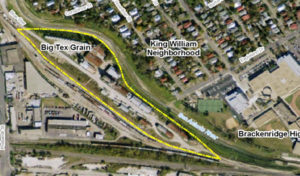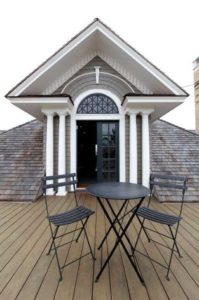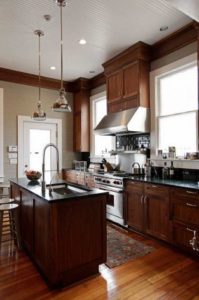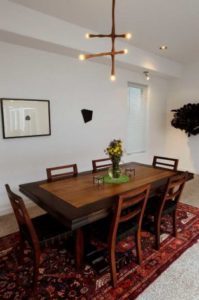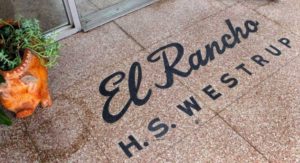This article by Ken Harney was recently published in the San Antonio Business Journal. I checked out both of the websites and it doesn’t appear that there are many homes available in our historic districts or center city neighborhoods; mostly along the northern loops of San Antonio. Also, the incentives are for individuals that will occupy the homes and not for investors.
WASHINGTON — Looking for a deal where the home seller pledges in advance to contribute potentially thousands of dollars to your closing costs? If so, check out the summer sale terms available from two of the largest and most motivated sellers of foreclosed homes in the country — Fannie Mae and Freddie Mac.
You may know the companies for their troubled mortgage businesses or the financial foibles that crashed them into the control of federal conservators in 2008. But the flip side of those problems is that they now have massive numbers of properties taken back through foreclosures.
Fannie Mae had 153,549 of them at the end of the first quarter. Freddie Mac owned 65,174. That’s nearly 220,000 houses for which they need to find new owners — quickly — or they’ll rack up even bigger losses for taxpayers.
To move that bulging inventory, both companies have begun time-limited sales campaigns with significant incentives for new owner-occupant purchasers — no investors allowed — and even extra cash for the real estate agents who bring buyers to the table.
Fannie and Freddie both are offering to pay up to 3.5 percent of the price of the house toward buyers’ closing costs, plus they’ll hand over a bonus of $1,200 to participating real estate agents. Fannie’s program covers properties on which contracts are accepted and close no later than Oct. 31. Freddie’s sale requires contracts no later than July 31 and closings by Sept. 30.
Fannie’s program even offers mortgage money to help finance these purchases, sometimes with as little as a 3 percent down payment. The company also has what it calls a “renovation mortgage” option that provides additional mortgage amounts to cover fix-ups.
Freddie does not offer special mortgage financing for buyers during the sale period, but has other inducements including two-year home warranties and 30 percent discounts on appliances.
All the foreclosed properties are listed with photos and descriptions at either HomePath.com (Fannie) or HomeSteps.com (Freddie), where you can search by price, local markets, ZIP codes and entire states. They run the spectrum from expensive detached homes, low-budget urban condos and suburban tract townhouses nationwide. Featured offerings on HomePath recently included:
– A six-bedroom, five-bath house in Littleton, Colo., with 4,990 square feet of space. Asking price: $424,900.
– A two-bedroom condo with 1,164 square feet in Las Vegas for $43,999.
– A $184,900 two-bedroom, one-bath home in Long Beach, Calif.
– A four-bedroom, two-bath house in Brentwood, Md. Asking price: $65,000.
The summer clearance sales are part of rapidly accelerating efforts by both companies to get ahead of the tidal waves of foreclosures flowing into their portfolios in recent months. During the first quarter of this year, Fannie Mae acquired 53,549 properties alone. However, during the same period, it managed to sell off 62,814 houses — a record number that produced a net outflow.
Freddie Mac also sold more foreclosures than it took in during the first quarter, acquiring 24,709 houses while selling 31,628. In some parts of the country, Freddie’s offerings are even stimulating multiple bids on houses, according to spokesman Brad German.
Both companies are targeting only buyers who plan to live in the homes — rather than non-occupant investors who want to flip or rent them out — as part of a larger neighborhood real estate stabilization effort.
The contribution of up to 3.5 percent of the sale price toward the buyers’ closing costs can be substantial. On a $200,000 house the buyers could receive $7,000 toward their closing expenses, which might well be the difference between their ability to afford to buy or not. Combine that with additional incentives, such as favorable financing or warranties, and the total package can look extremely attractive to first-time and moderate-income purchasers.
Are there downsides or restrictions for would-be buyers on either HomePath or HomeSteps? Absolutely. Top of the list: Keep in mind that these are foreclosed properties and some of them have been abused by previous occupants. Fannie and Freddie both do repairs to bring houses up to what they believe are marketable standards, but don’t be surprised to find they are not in pristine condition.
Second, though foreclosures do generally sell for less than non-distressed houses, you need to understand that both Fannie and Freddie are in the business of maximizing returns on assets for their federal creditors. Do not assume the listing prices are deep-discount giveaways. Be diligent in comparing prices and values before bidding and negotiating — just as you would with any other real estate purchase.

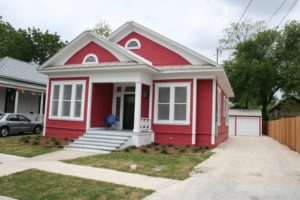
![B315 [ePS]](https://frontporchrealtyllc.com/wp-content/uploads/2011/06/B315-ePS-300x200.jpg)

![C315 [ePS]](https://frontporchrealtyllc.com/wp-content/uploads/2011/06/C315-ePS-300x200.jpg)
![I315 [ePS]](https://frontporchrealtyllc.com/wp-content/uploads/2011/06/I315-ePS-300x200.jpg)
